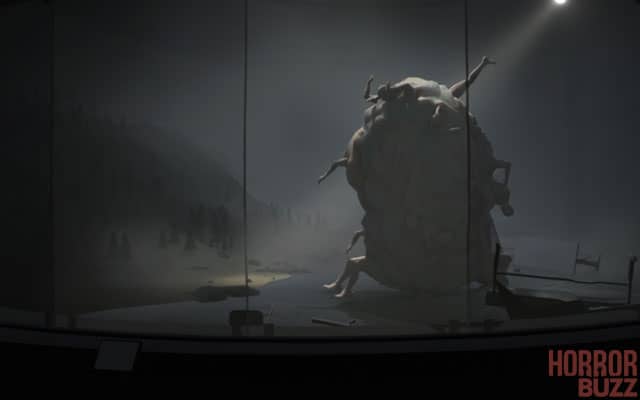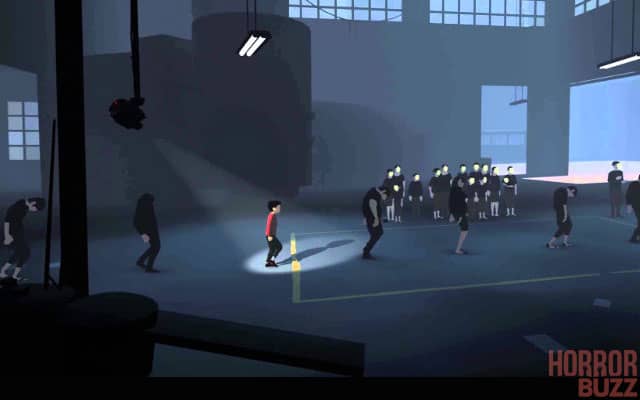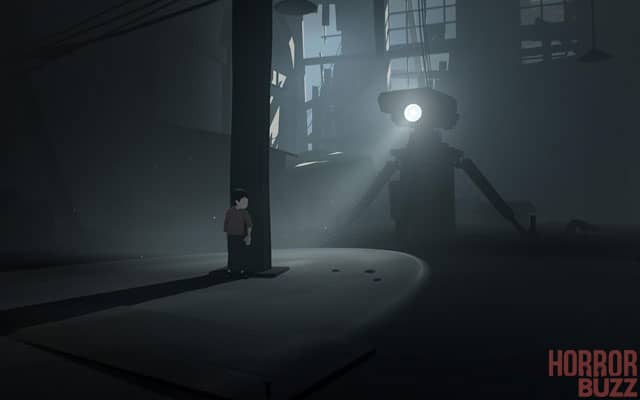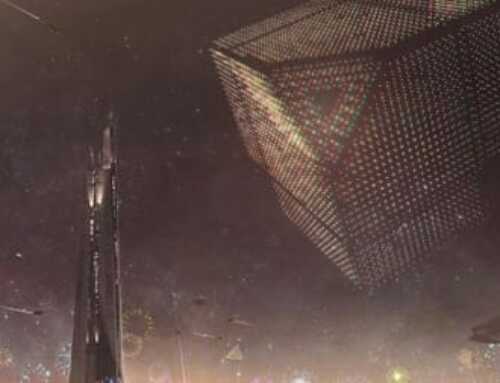 I’ll admit that I was a bit gun-shy going into “Inside.” It’s a game that clearly belongs to a certain trend of recent horror games, and the last one of that style which I played, “Albert & Otto” was definitely a flop. The screenshots on Steam just looked so good though, and I couldn’t help myself. So join me as I wade back into that particular territory with “Inside.”
I’ll admit that I was a bit gun-shy going into “Inside.” It’s a game that clearly belongs to a certain trend of recent horror games, and the last one of that style which I played, “Albert & Otto” was definitely a flop. The screenshots on Steam just looked so good though, and I couldn’t help myself. So join me as I wade back into that particular territory with “Inside.”
“Inside” tells its story in a way which may seem rather unique to a casual observer, but which a fan of indie horror games may be starting to find a bit cliché. It’s a platformer with no text, wherein the player has to figure out the story as they go from their surroundings. You may recognize this from such games as “Limbo,” “Tulpa,” and more recently “Albert & Otto”. However, the story present is much more interesting than that of “Albert” and far less frustratingly abstract than that of “Tulpa.” Much like in all of these other games, the player character is a child. As the game opens, he is being chased through a forest by men with dogs and guns, before escaping into a hog farm where the animals are either dead or being devoured by parasitic worms. After this, there is a city where humans are shuffled around like cattle, with most seemingly entirely brainwashed. It goes further into conspiracy sci-fi from there. This is, to me, a very interesting story, but I wish that the developers had delivered it in a more interesting fashion.

“Inside” does some interesting things with its graphics. Unlike the aforementioned similar games, “Inside” does not at all try to go for the flattened graphics look. Instead, it goes for a 2.5D approach, a style which hasn’t seen much use since the days of the Nintendo64. What this means is that it takes place in a fully three dimensional environment, but the game is only played in two dimensions, characters can move left, right, up, and down, but not closer or further. Much of the game’s aesthetic seems to derive from old German expressionist film, such as its love of sharp angles and heavy emphasis on light and shadow. To me, that is a huge point in the game’s favor. There’s plenty of style in the design, such as a contrast between the cattle-like humans in the city being faceless and the hunting humans wearing masks to protect their identities. It’s a simple, stripped-down look that works fantastically.
 There is very little sound in “Inside.” I consider this to be the game’s greatest strength. The developers clearly understood the unnerving nature of absolute silence, and decided to essentially use that as the main motif of the game’s sound design. There are sound effects, such as footsteps, rainfall, explosions, etc. Those are all very well done. There is even a little bit of very subtle music. However, the main focus of all of the game’s audio is its focus on stillness in places that should be full of life and sound. It’s amazing.
There is very little sound in “Inside.” I consider this to be the game’s greatest strength. The developers clearly understood the unnerving nature of absolute silence, and decided to essentially use that as the main motif of the game’s sound design. There are sound effects, such as footsteps, rainfall, explosions, etc. Those are all very well done. There is even a little bit of very subtle music. However, the main focus of all of the game’s audio is its focus on stillness in places that should be full of life and sound. It’s amazing.
“Inside” is in many ways more polished than the other games of this minimalist-platformer trend. It doesn’t rely on extreme difficulty to lengthen itself, like “Albert & Otto” nor does it focus on gimmicks like “Tulpa.” Instead, the game consists simply of running, jumping, pushing, pulling, and occasionally swimming. The game handles all of the basic mechanics fantastically well. The puzzles feel very fair, they’re logical and consistent and on the few occasions I had to look up the solution to one I felt like an idiot for missing something that makes so much sense. However, there is one huge flaw in the gameplay. The underwater enemies (which seem to be mermaids or sirens of some sort) don’t really fit at all with the rest of the gameplay. Anywhere else, a death or a failed puzzle feels entirely like it is because you simply didn’t understand yet what you were supposed to do. The mermaids, however, put a much greater emphasis on getting your timing down perfectly right, which is not necessarily this game’s strong suit. Other than that, though, it plays remarkably smoothly.
Despite all of the much-deserved praise that I’ve heaped upon it, I find myself a bit ambivalent about “Inside.” There are so many great ideas in this game, but they really needed to give them more room to breathe and become their own. There is so much here that is great, and could be absolutely amazing if the developers had the confidence to let this game stand as its own thing instead of leaning on the presentation of “Limbo” and all of the other games that have cribbed from “Limbo.” I want so badly to love this game, but in the end I only like it. If only it had the confidence to be itself.







